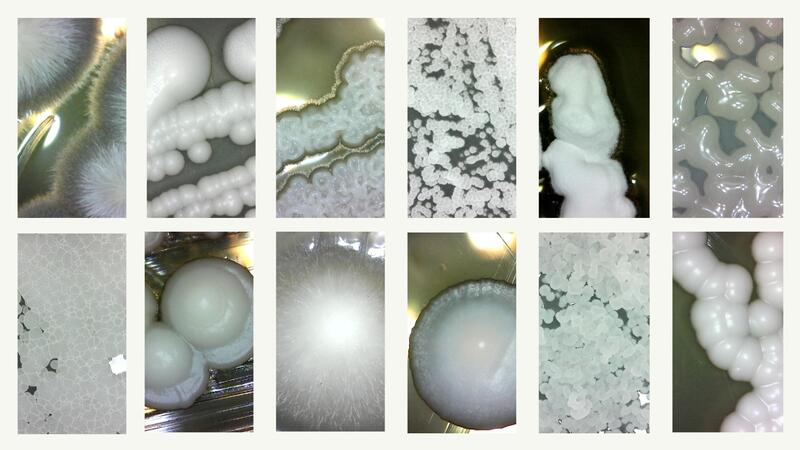News
These Jacks-of-all-trades are masters, too
In a landmark study based on one of the most comprehensive genomic datasets ever assembled, a team led by scientists at the University of Wisconsin–Madison and Vanderbilt University offer a possible answer to one of the oldest questions about evol
Commonly known as brewer’s yeast, Saccharomyces cerevisiae tends to get credit for bread, beer, wine, ethanol and just about any other product of fermentation.
Great Lakes Bioenergy Research Center scientist Shannon Stahl is one of two University of Wisconsin–Madison faculty elected to the prestigious National Academy of Sciences, one of the highest honors a scientist can receive.
Agriculture looks nothing like it did when Michigan State University was founded as the nation’s first institution to teach scientific agriculture 168 years ago, and the next 168 years will require as many or more advancements to meet the needs of our changing planet.
In their newly published study, Department of Energy Bioenergy Research Center collaborators at GLBRC and the Center for Advanced Bioenergy and Bioproducts Innovation (CABBI) peer into the complexities of life on a leaf.
Michigan State University researcher Acer VanWallendael understands the public’s fascination with fungus. It is, after all, a fungus that kicks off the zombie apocalypse in the hit HBO series “The Last of Us.”
It's a tough job, but someone's got to do it. In this case, the "job" is the breakdown of lignin, the structural biopolymer that gives stems, bark and branches their signature woodiness.
Scientists have long eyed switchgrass as a promising and sustainable source of fuels that can replace gasoline and other petroleum products. New research shows the plant can help slow climate change, but only if grown on the right lands.




